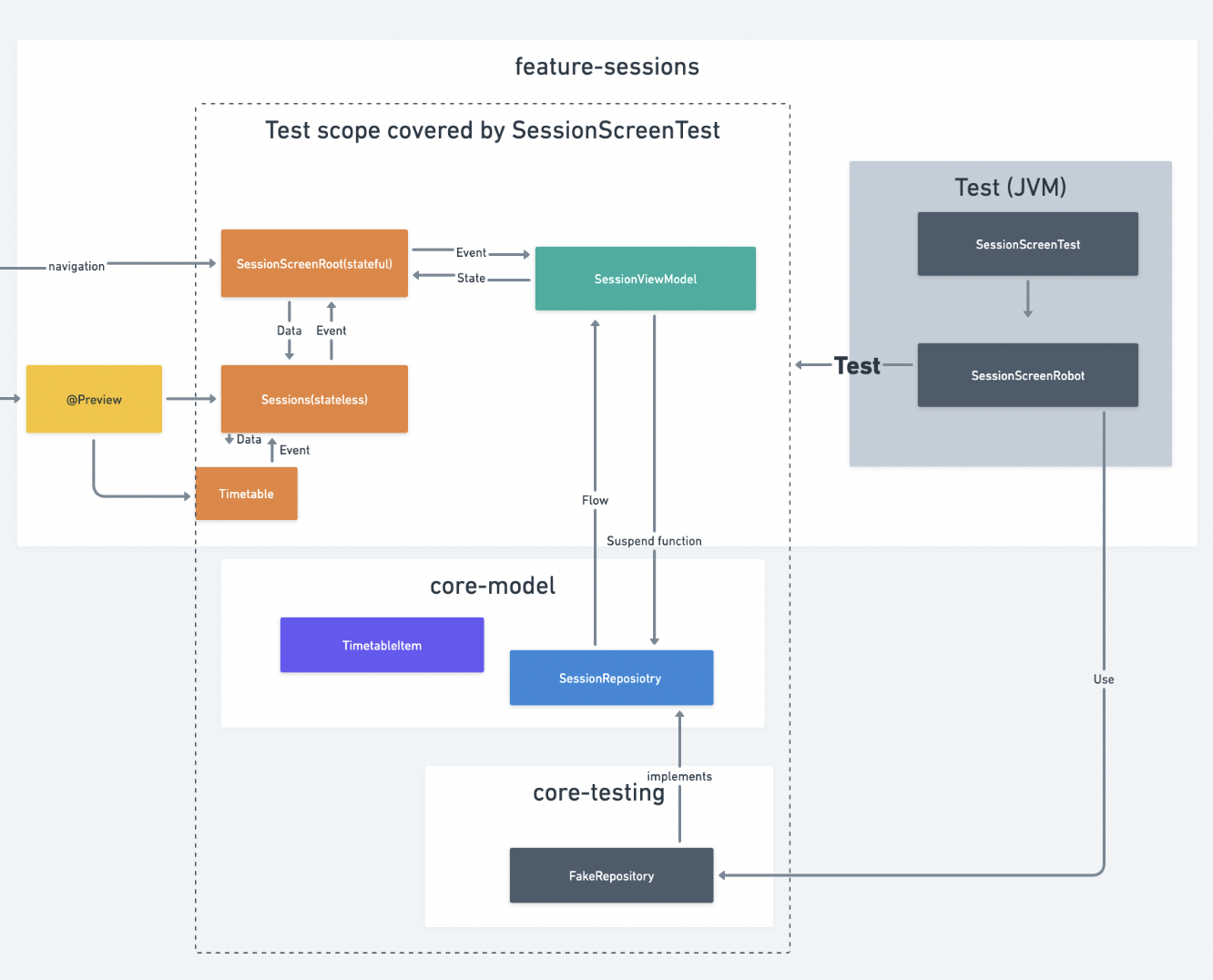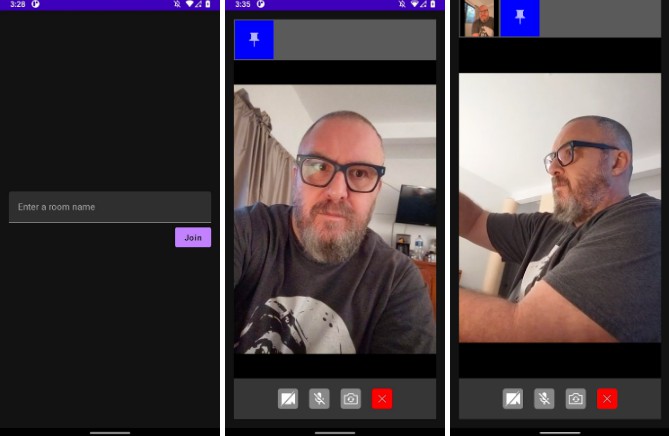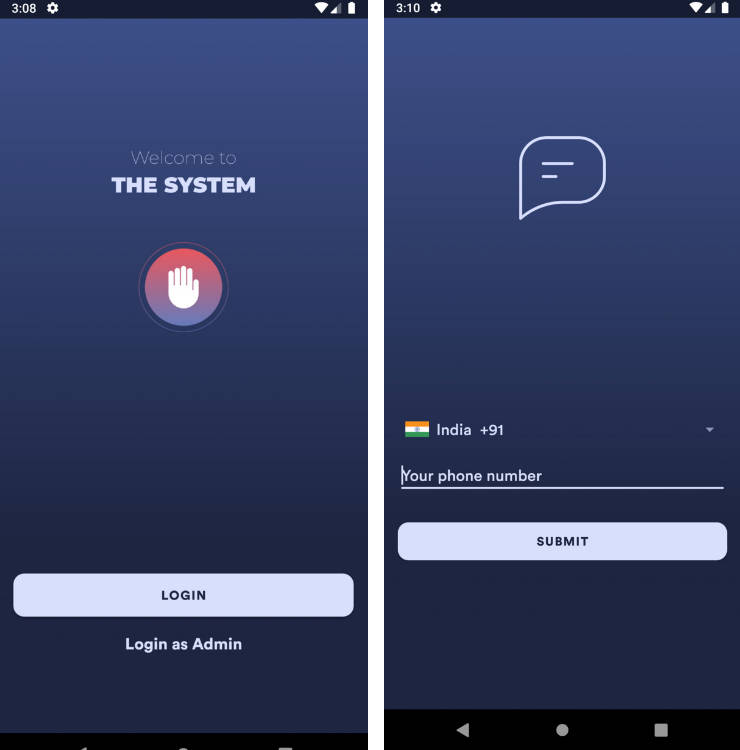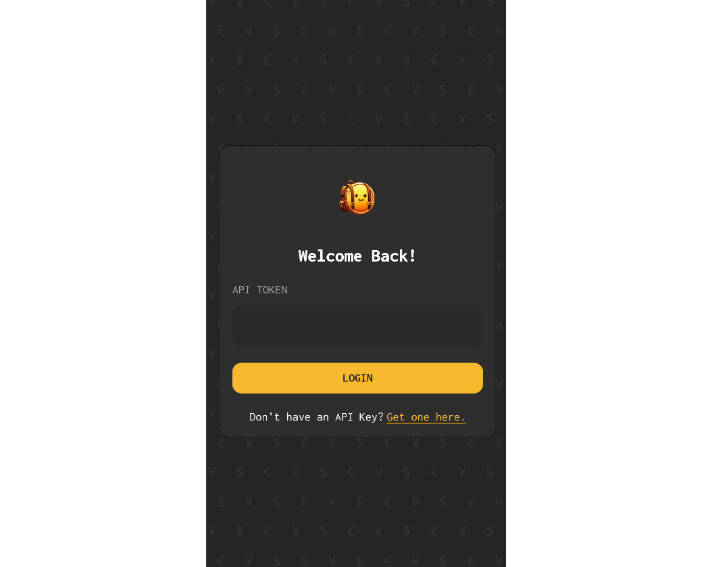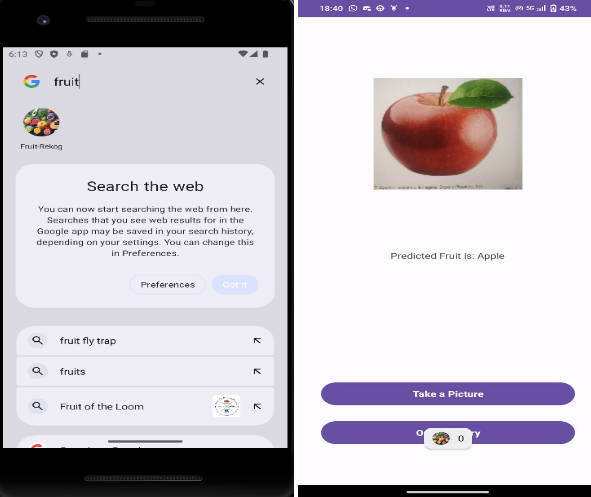DroidKaigi 2022 official app
DroidKaigi 2022 will be held from October 5 to October 7, 2022. We are developing its application. Let’s develop the app together and make it exciting.
Features
| top | drawer |
|---|---|
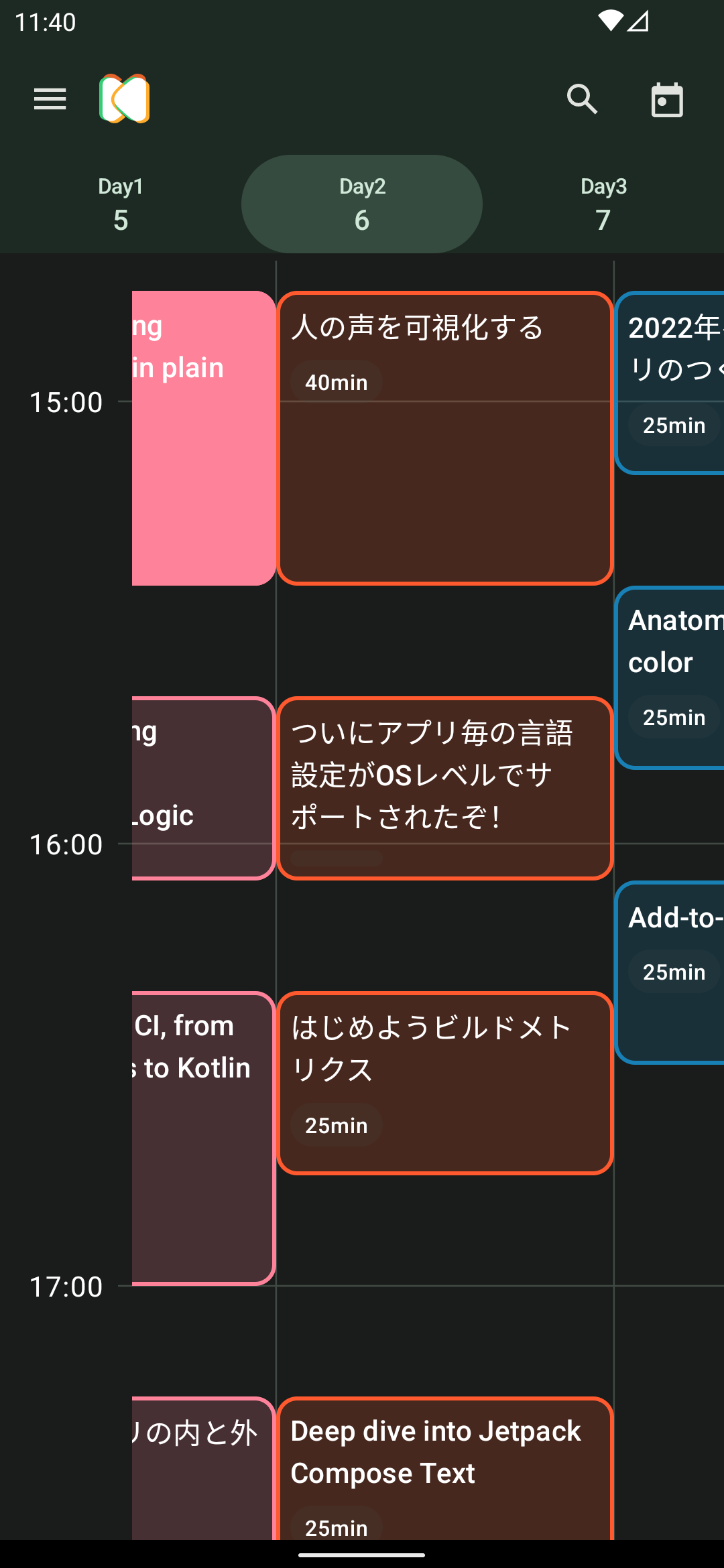 |
 |
Design
Try it out
TBD
You can download apk from the GitHub Artifact. https://github.com/DroidKaigi/conference-app-2022/actions/workflows/Build.yml?query=branch%3Amain
Contributing
We always welcome any and all contributions! See CONTRIBUTING.md for more information
For Japanese speakers, please see CONTRIBUTING.ja.md
Requirements
Latest Android Studio Electric Eel and higher. You can download it from this page. iOS Requirements
Tech Stacks
This year’s app pretty much takes the idea from now in android and adds a lot of ideas to it.
Configurable build logic
Management methods such as feature-xxx and core-xx, which are used in modularization, are introduced to manage the build logic. This method makes the build logic manageable.
It is managed by two types of plugins.
- Primitive plugins
It includes several simple plugins, such as the Android plugin and the Compose plugin, as shown below.
Even simple plugins require dependencies among plugins, which can be configured by indicating such dependencies in the package path.
For example, android.hilt requires an android plugin.
plugins {
id("droidkaigi.primitive.android")
id("droidkaigi.primitive.android.kotlin")
id("droidkaigi.primitive.android.compose")
}
- Convention plugins
The Convention plugin for this project is written by combining several primitive plugins.
class AndroidFeaturePlugin : Plugin<Project> {
override fun apply(target: Project) {
with(target) {
with(pluginManager) {
apply("droidkaigi.primitive.android")
apply("droidkaigi.primitive.android.kotlin")
apply("droidkaigi.primitive.android.compose")
apply("droidkaigi.primitive.android.hilt")
apply("droidkaigi.primitive.spotless")
apply("droidkaigi.primitive.molecule")
}
}
}
}
Building a UiModel using Compose
https://github.com/cashapp/molecule is used to create the UiModel. Jetpack Compose allows reactive streams such as Flow to be easily handled by Recompose. This also allows you to create an initial State.
val uiModel = moleculeScope.moleculeComposeState(clock = ContextClock) {
val scheduleResult by scheduleResultFlow.collectAsState(initial = Result.Loading)
val scheduleState by remember {
derivedStateOf {
val scheduleState = ScheduleState.of(scheduleResult)
scheduleState.filter(filters.value)
}
}
SessionsUiModel(scheduleState = scheduleState, isFilterOn = filters.value.filterFavorite)
}
Testing strategy
Make test scalable by using robot testing pattern
In this project, tests are separated into what and how. This makes the tests scalable, as there is no need to rewrite many tests when the Compose mechanism, layout, etc. changes.
The test describes what is to be tested.
@RunWith(AndroidJUnit4::class)
@HiltAndroidTest
class SessionsScreenTest {
@get:Rule val robotTestRule = RobotTestRule(this)
@Inject lateinit var sessionScreenRobot: SessionScreenRobot
@Test
fun canToggleFavorite() {
sessionScreenRobot(robotTestRule) {
clickFavoriteAt(0)
checkFavoritedAt(index = 0, isFavorited = true)
checkFavoriteIsSavedAt(0)
}
}
}
Robot describes how to test it. It therefore contains implementation details. There is no need to look at this code when adding tests on a regular basis.
class SessionScreenRobot @Inject constructor() {
...
context(RobotTestRule)
fun clickFavoriteAt(index: Int) {
composeTestRule
.onFavorite(
index
)
.performClick()
}
private fun AndroidComposeTestRule<*, *>.onFavorite(index: Int): SemanticsNodeInteraction {
val title = DroidKaigiSchedule.fake().itemAt(index)
.title
.currentLangTitle
return onNode(
matcher = hasTestTag("favorite") and hasAnySibling(hasText(title)),
useUnmergedTree = true
)
}
...
Create a test with high fidelity without making it flaky
In this project, we will use Hilt in the JVM for integration testing to avoid device-specific problems. We believe that the more we use the same classes as the actual production application, the better the test will be able to catch real problems. Therefore, we use production dependencies as much as possible with Hilt. The test basically uses the actual dependencies and Fake the Repository, which is the point of contact with the outside world.
@TestInstallIn(
components = [SingletonComponent::class],
replaces = [SessionDataModule::class] // replace the production Module
)
@Module
class TestSessionDataModule {
@Provides
fun provideSessionsRepository(): SessionsRepository {
return FakeSessionsRepository()
}
}
Expose fields that are not used in the app only in the Fake repository to allow some testing. Here we see that Favorite has been saved.
class FakeSessionsRepository : SessionsRepository {
private val favorites = MutableStateFlow(persistentSetOf<TimetableItemId>())
// ...
// for test
val savedFavorites get(): PersistentSet<TimetableItemId> = favorites.value
}
class SessionScreenRobot @Inject constructor() {
@Inject lateinit var sessionsRepository: SessionsRepository
private val fakeSessionsRepository: FakeSessionsRepository
get() = sessionsRepository as FakeSessionsRepository
fun checkFavoriteIsSavedAt(index: Int) {
val expected = DroidKaigiSchedule.fake().itemAt(index).id
fakeSessionsRepository.savedFavorites shouldContain expected
}
}
Instant logic updates using Kotlin JS
We are trying to use https://github.com/cashapp/zipline as an experimental approach. This allows us to use the regular JVM Kotlin implementation as a fallback, while releasing logic implemented in Javascript, which can be updated instantly as well as development on the Web. We are excited about these possibilities for Kotlin.
The following interface is implemented in Kotlin JS and Android. You can add session announcements, etc. here. Since this is an experimental trial, it does not have such a practical role this time.
interface ScheduleModifier : ZiplineService {
suspend fun modify(
schedule: DroidKaigiSchedule
): DroidKaigiSchedule
}
class AndroidScheduleModifier : ScheduleModifier {
override suspend fun modify(schedule: DroidKaigiSchedule): DroidKaigiSchedule {
return schedule
}
}
class JsScheduleModifier() : ScheduleModifier {
override suspend fun modify(schedule: DroidKaigiSchedule): DroidKaigiSchedule {
...
if (timetableItem is Session &&
timetableItem.id == TimetableItemId("1")
) {
timetableItem.copy(
message = MultiLangText(
enTitle = "This is a js message",
jaTitle = "これはJSからのメッセージ",
)
)
} else {
timetableItem
}
...
}
}
You can check the manifest file to see how it works. https://droidkaigi.github.io/conference-app-2022/manifest.zipline.json
LazyLayout
We are trying to draw a timetable using LazyLayout, a base implementation of LazyColumn and LazyGrid, which was introduced in the Lazy layouts in Compose session at Google I/O.
Special Thanks
- Contributors
- Designer Chihokotaro / Chihoko Watanabe
- Oversight of Material Design3 Nabe
- API Server RyuNen344



